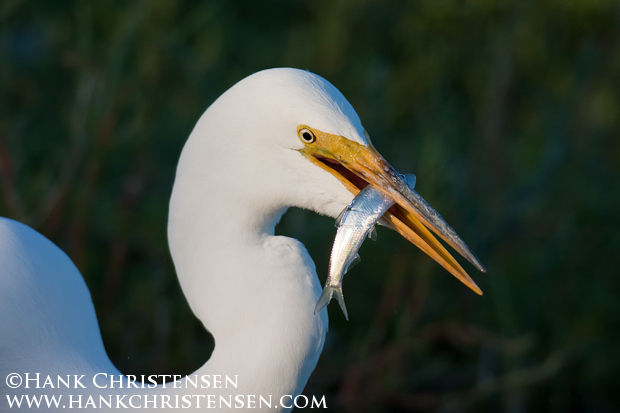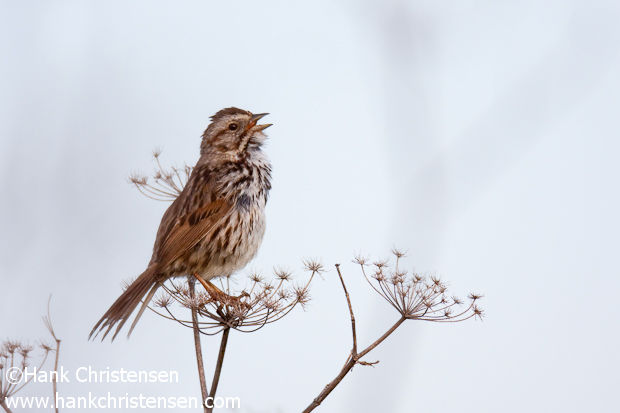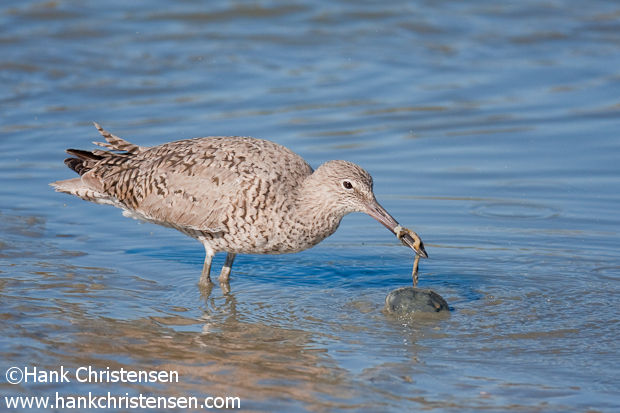
Watching birds in action can be much more interesting than just watching them look back at you. Mornings and evenings are the best times to catch birds moving about, most often looking for food.
This great egret had found a spot along the edge of a slough with plenty of fish. He seemed to be preoccupied with eating, allowing me to slowly sneak closer. I was surprised with the frequency at which he plucked fish out of the water – about one every 20 to 30 seconds.
He would stare at the surface of the water, his body leaning forward, and his neck coiled back ready to strike. At the opportune moment, his head would dunk into the water, almost every time coming up with a fish. Throwing his head up and back, he could fling the fish back into his throat, swallowing the fish whole. As he was swallowing, his neck and head feathers bristled, making his head appear almost twice its normal size.
Great egrets are one of my favorite species to watch eating because they tend to fish from the same spot, instead of moving around to look for food.



